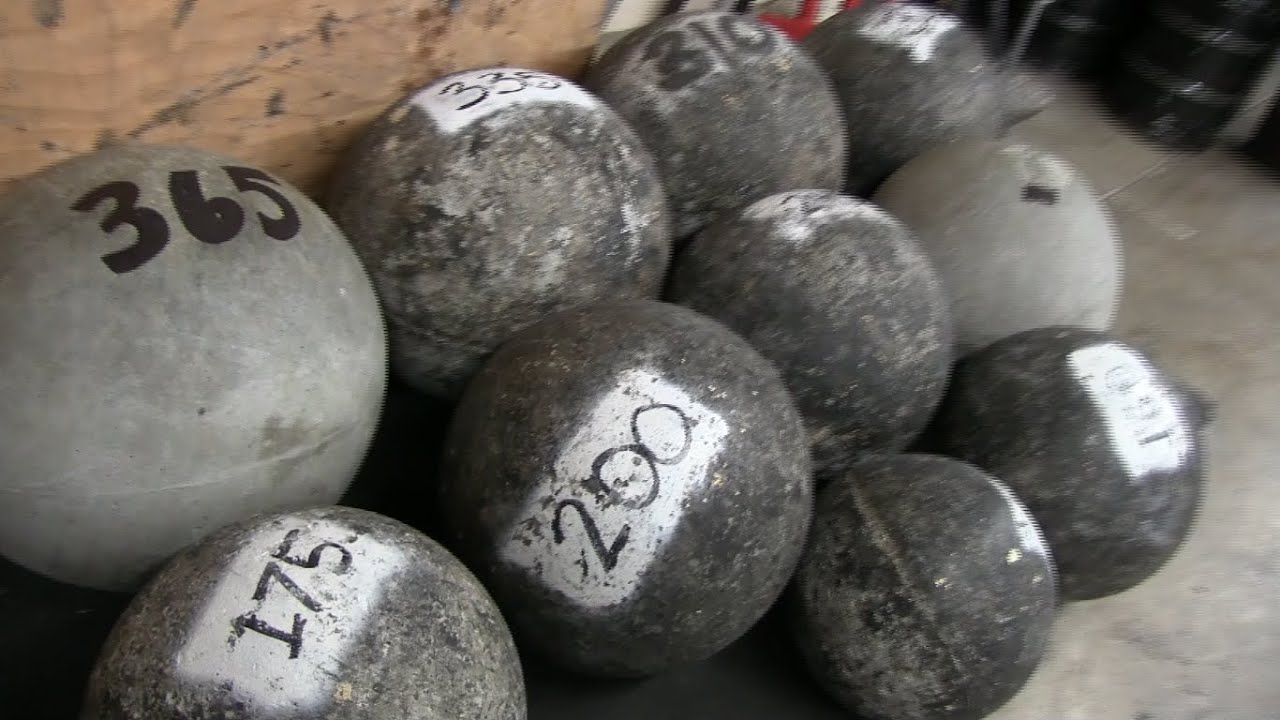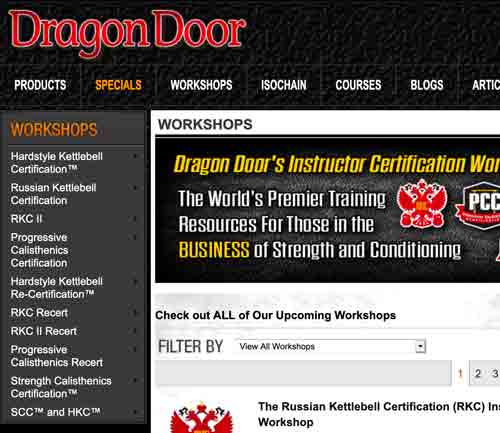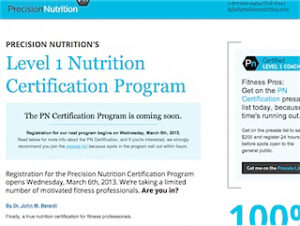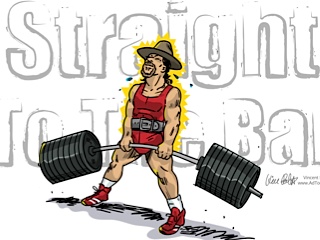With certain feats comes the assurance of pain – not the usual type of soreness that’s customary with having gone a little overboard on the reps and sets from a traditional workout, but pain that occurs throughout the movement as a result of cuts, blisters, bruising and lord knows what else.
In preparing for pulling a decent number on the one finger lift I knew that I was going to be in for a bit of agony along the way. In training for something like the one finger lift, just as in training for something like barehanded bending, you have to expect and accept the fact that some of your workouts are going to be at least a little unpleasant.
A lot of people would probably question the fact that someone would aspire to a goal that they knew was going to cause them some pain and that could potentially cause some serious injury, but those who have a passion for performing these feats of strength understand that it’s a matter of testing not only your physical limits – but your mental limits as well.
Despite the fact that you know going into any workout that you could potentially cause yourself harm on a minor or major level doesn’t mean that you should just throw caution to the wind though, these types of feats require very carefully planned preparation and a very keen understanding of your body. You not only need strong, developed muscles but all means of support (ligaments and tendons) must be strong and prepared to handle the force that you’ll be putting on them as well. Because of this you can’t necessarily follow a natural progression as you would with a routine designed to increase your bench press or squat max because it may take the tendons in your hand and wrist longer to recover than it would your chest, back or leg muscles. You’ll have to learn the difference between residual soreness that will amount to nothing and the pain that means you need to take an extra day off if you want to stave off injury. This type of feat requires slow, smart and controlled progression to get the best results while staying at as close to one hundred percent as possible.
When my obsession with one finger lifting began just a short time back, I mentioned my intentions to grip legend David Horne via his online grip community and David cautioned me to take great care in attempting lifts of this variety. David, who has managed some astounding numbers on similar lifts, had suffered a nasty injury while performing a one finger lift with the little finger resulting in the need for emergency medical attention. If I hadn’t had the advice of an incredible athlete to help me along the way, I believe that there is a very strong chance that my progression thus far may have been halted by injury. With the knowledge I took from this brief conversation, and the decades of personal experience I had in traditional strength training, here is how I got started on working toward a bigger one finger lift.
The Beginning
There isn’t a whole lot of literature devoted to the training progression for bettering your numbers on the one finger lift, but I knew from studying other feats of strength that are often typecast as “dangerous“, that there were often suggestions from experienced individuals that led toward adopting very long periods of preparation. I had read on more than one occasion from different reliable sources that before undertaking steel bending it would be highly advisable to practice sledgehammer levering for a period of at least of few months to prepare the wrists for that style of feat. I wondered if a similar style of prep might be advisable for my chosen feat.
If I had actually had no (or very little) experience with any remotely similar movement I might have focused on a few months of heavy rack pulls or partials to try and tighten up and strengthen the tendons and ligaments as much as possible before diving in, but I felt that years of heavy deadlifts and shrugs had already made the muscles and connective tissues in my arms prepared to handle the feat. I felt that my best course of action would be to work on strengthening the final and most important link in the chain – the finger that was going to be supporting the weight.
I began with what I felt would be natural for me – the two finger deadlift (using the middle finger of each hand for a total of two). I started the weights very light, warming up with just an empty Olympic barbell and working up to reps and holds for time with as much weight as I could comfortably hang onto.
Once using my just my fingers to support some weight began to feel comfortable, I moved onto one finger holds and one finger farmers walks with dumbbells and kettlebells. After several weeks of focusing specifically on the tendons of the finger with the aforementioned implements, I rigged up a device that I would specifically use for the one finger lift. During the first workout with my homemade apparatus I managed what I considered to be a pretty solid 190 lbs on my right side at a bodyweight of around 170lbs.
Now confident that I could begin to move some real weight without doing any serious damage I invested in the “Double Bastard” from FBBC – a device specifically designed and professionally manufactured to double as a loading pin and finger lift. Transitioning from my homemade device to the “Double Bastard” took a bit of getting used to, but after just a few workouts I managed to pull 205 lbs (with room for more) on the right side.
Even though I’m fully confident at this point with the strength of all elements of my body involved in this lift, I still use caution each time I perform the movement. I do a complete warm up including several sets at a lighter weight and if I feel as though I haven’t fully recovered from a previous session I move onto another movement and give my hand the necessary time to recover.
The key to success here is to immediately recognize the type of pain that you are feeling and to identify it as good pain (the type that occurs as a result of progression) or bad pain (the type that leads to injury). Anything can happen in the gym on any given day that could result in an injury, in order to reap the benefits of a solid session – whether you’re one finger lifting or doing Pilates – you need to be able to understand exactly what your body is telling you. In one finger lifting you need to push the envelope when it comes to the good pain, but take extreme care not to go past the limits of bad pain – it’s a fine line, but certainly one that you are capable of following if you pay close enough attention to your body.











0 Comments
Trackbacks/Pingbacks